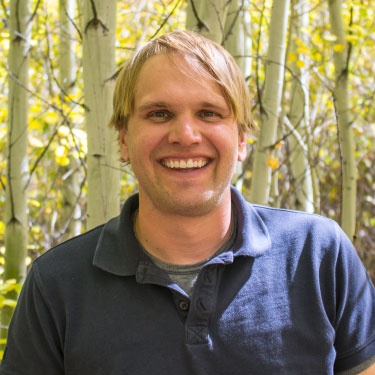 Spring is here! Pack the powder skis, grease the sprockets, and oil the hiking boots because it’s time to hit the trail! As Eagle Valley residents, most of us are chomping at the bit for the next season of fun in the outdoors. But before we officially make the transition from ski boots to trail runners, it is important to understand that waiting just a few more weeks for the trails to dry and harden can make generational differences to the ecology and sustainability of our local trails.
Spring is here! Pack the powder skis, grease the sprockets, and oil the hiking boots because it’s time to hit the trail! As Eagle Valley residents, most of us are chomping at the bit for the next season of fun in the outdoors. But before we officially make the transition from ski boots to trail runners, it is important to understand that waiting just a few more weeks for the trails to dry and harden can make generational differences to the ecology and sustainability of our local trails.
We’ve all heard the adage, “Take only photographs and leave only footprints.” However, not every footprint is the same. This time of year, it is possible to not only leave footprints, but also to take a fair amount of the trail home with you on your treads! This season, make a change for the better by playing your part in helping to reduce erosion on the 2,500+ miles of trails on the White River National Forest and local systems, including the heavily traveled West Avon Preserve and The Vail Trail.
Hiking and biking on muddy trails doesn’t just promote the erosion of sediments into our waterways, it also compacts the soils, reducing the amount of moisture, oxygen, and nutrients the soil can hold. Imagine really wanting that PB&J, but the only bread available to you has been run over by a steamroller. That may be the sentiment of plants such as Harrington’s penstemon, one of the species endemic to Eagle County that is commonly found in the areas where we like to hike and bike.
The eroding forces of Colorado’s geology are always at work. And this time of year, we get a front row seat. Rocks are falling off Dowd’s Junction, littering I70 below; road crews are constantly cleaning the 1.7 million year old rocks from Vail Pass, and anglers are checking the turbidity of their favorite fishing holes. Much of this erosion is natural and many of our downstream neighbors are thankful for the sediments the runoff brings them. But human-caused erosion can cause problems, especially when a lot of us frequent the same areas to play. We can do our part in keeping human-caused erosion to a minimum just by going with the flow!
So I propose a pact. Make decisions about where you will hike, bike, drive, and otherwise recreate based on the condition of the path. Choose to recreate in places that are sustainable for the long run. We can arrive at this decision by taking a few small steps (on dry ground!). First, and potentially the simplest, head west. Fruita, Grand Junction, and Rifle have world class trails and opportunities for hiking and biking. The climate of our Western neighbors is also quite warmer and drier, meaning their trails are ready before our local trails. Second, if you do have to hike or bike on wet trails, go with the flow. Ride, hike, or drive on the trail and with the flow of water regardless of the muck. It is simply better for the trail’s longevity and surrounding ecological health if we promote keeping traffic in a narrow path rather than artificially braiding the trails to keep our feet dry (See the Booth Lake trail about .5 miles up from the trailhead to see some devastating braids). Finally, when leaving a trail, whether on a bike or on foot, do a mud check! Scrape your boots, wash your tires, and shake out the pants. Transporting soils can introduce non-native seeds to an area and create even bigger problems than erosion and soil compaction!
Some of these rules for keeping our trails in good condition can feel a bit restrictive. Staying off the trails seems counterintuitive to the child inside all of us who counts good days by the number of evenings spent scraping mud from under our fingernails. But trust me, wait till the trails are dry. Your future self will appreciate the decision, as will land managers and especially the local flora and fauna, and you might even save a few bucks on car washes!
Peter Suneson is the Community Outreach Coordinator at Walking Mountains Science Center and manages the backcountry hiking and snowshoeing programs. You’ll find him seeking out dry trails year round!









